Black tea, one of the most favorable drinks in the world, first discovered in China 5000 years ago. They made it out of a plant shrub by the name of Camellia sinensis and called it Cha. Gradually Chinese realized tea can have some curative effects and also used it for coloring. After a while, tea was imported to other countries and served in kings’ palaces. It was considered an expensive and aristocratic drink which can make you fresh and energetic.
How Tea Was Found
It’s said once one of China’s emperors ordered to throw someone out of the city due to punishment. That person was wandering in the mountains, deserts, and forests for some time and became so weak. The poor man saw a tree and had its leaves. After a while, he got fresh and tickled pink. Sneaked into the city and told about his experience to a courtier. The emperor realized and sent someone to research about the black tea benefits.
How Tea Emerged in the World
In the 15th century, a merchant from Iran used to carry some goods from India to Europe. He imported tea in Europe for the first time and it got popular as a refreshing exhilarating drink. Tea emerged in India and Japan and it soon became world-famous in the 19th century. Russia, Japan, Turkey, and African countries started to grow tea in the same century. The tea plant grows in a humid climate, where there are red soil and some iron in the land. Weeding, fertilizing and pruning can also help.
What is Persian Tea?
The history of tea in Iran dates back to the 15th century. Due to the trades with China and India, and also the convenient silk road, lots of tea was imported then and Iranians started to substitute tea for coffee. They called it ‘Chay’ just like the word ‘Cha’ that first Chinese used. Iran explorers have written about tea houses, where authorities and rich people gathered and drank tea.
Kashef Al Saltaneh was an Iranian ambassador in India. He believed that lots of money was spent over importing tea while growing tea could be an economic resource for Iran. Though India stopped foreigners to know about tea plantation methods, he learned how to do it. After some studies, it became clear that there are similarities between the climates in Northern Iran and India.
At first, the farmers did not have any interest in planting tea as it’s a long process, but Kashef Al Saltaneh tried a lot to encourage them and finally gardens of tea created in Iran. First, some farmers in the suburb of Lahijan City started planting tea and it gradually widespread among all people in Gilan. The specific moist climate of northern part of Iran, which is a mountainous area can result in harvesting a great type of tea.
In 1940, the area of Iranian tea gardens got as vast as 600 hectares. This process went on and in 1958, Iran established a tea organization to support tea farmers and workers. Nowadays, there are tea farms in almost all cities and villages of the north and about 60000 families are occupied in this field. The total area of tea farms is about 35000 hectares. Iranian tea is one of the most qualified tea types in the world and pesticides are not used during its cultivation. The mountainous climate of northern part of Iran is greatly effective in the taste of tea.
These days, you can find Iran black tea in any Iranian house. When you’re their guest, they’ll definitely offer you some tea. Tea is also served with breakfast, after lunch or dinner. This traditional beverage has a special position among Iranians as they drink it a lot in comparison to most countries in the world. In other words, black tea is not just an ordinary drink in Iran, but it gathers family and friends together when they want to have a joyful talk.
How to Make Persian Black Tea?
To prepare Persian tea, you need a good quality of black tea, having a teapot is recommended too. The teapot should have several little holes inside at the end of the spout which is actually a strainer.
A kettle can be a good idea as an electrical samovar in order to boil the water. In the 18th century, samovar was brought to Iran from Russia and it got one of the main utensils of Iranians. Still, if you don’t have one you can use a kettle.
Here’s the Persian black tea recipe step by step;
Fill the kettle with water and boil it.
Pour two tablespoons of tea inside the teapot and rinse it with some hot water, so there won’t be any dust in it.
Now fill the teapot with boiling water and put the lid over it.
Fit the pot over the kettle in a strong way it doesn’t fall.
Let it brew for 15 minutes over low heat.
It’s time to enjoy your fresh Persian tea, pour it inside a cup gently so there won’t be any bubbles on its top. In case you like it light, add some boiled water in the kettle to your tea. You can even flavor your tea with other things including rosewater, green cardamom or cinnamon. In Iran, tea can be served with many things like sugar cubes, chocolate, dates, raisins, cakes, pastries, cookies, and other sweets. ‘Nabat’ is sugar crystals around a stick, which you can stir it in your teacup. Other traditional sweets that can make your tea more pleasant are Gaz and Poolaki. These are souvenirs of Isfahan City and have different flavors. Some even mix tea with milk, but teaholics may like to enjoy the original taste.
Tea in Iranian Culture
As it’s mentioned tea is served in all Iranian ceremonies. An outstanding Persian custom involved with tea is the proposal. When the groom’s family go to the bride’s house, the bride will hold a tray full of tea glasses and serve them. Though she may have some stress, she’d better control her shaky hands, so tea won’t spill on the tray. Furthermore, the bride should serve the eldest first. However, it may not be held as much as the past anymore and another person in the family may serve tea in front of the groom’s family.
How to Identify High Quality/Best Tea?
Tea bags are very common nowadays and they have different colors and flavors, but most of them aren’t natural or pure tea. Although people think the darker color of tea is a sign of its quality, tea drinks that have less color after brewing usually have better quality than others. Iranian tea doesn’t have much color, it has amazing taste and there are many of its fans in different parts of the world. As the traditional medicine has a rich background in Iran, you can find different herbal tea types. Check thyme tea as an example.


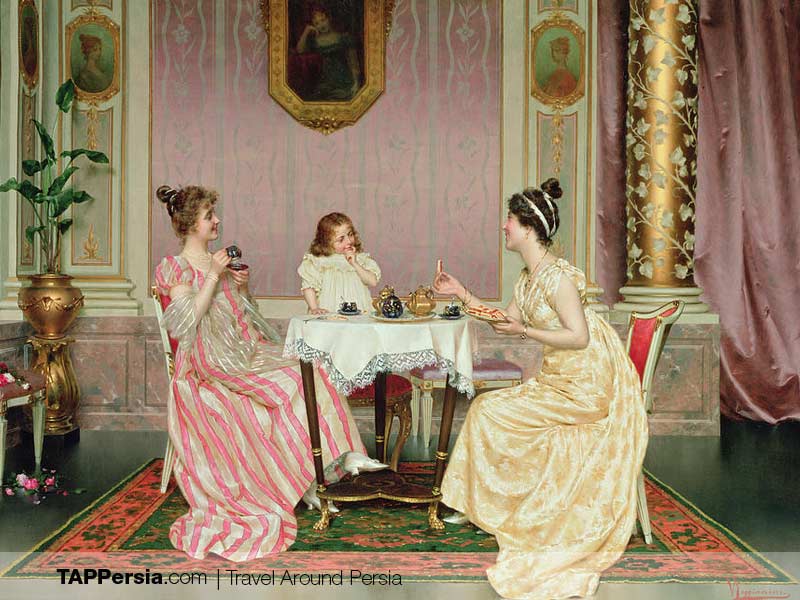
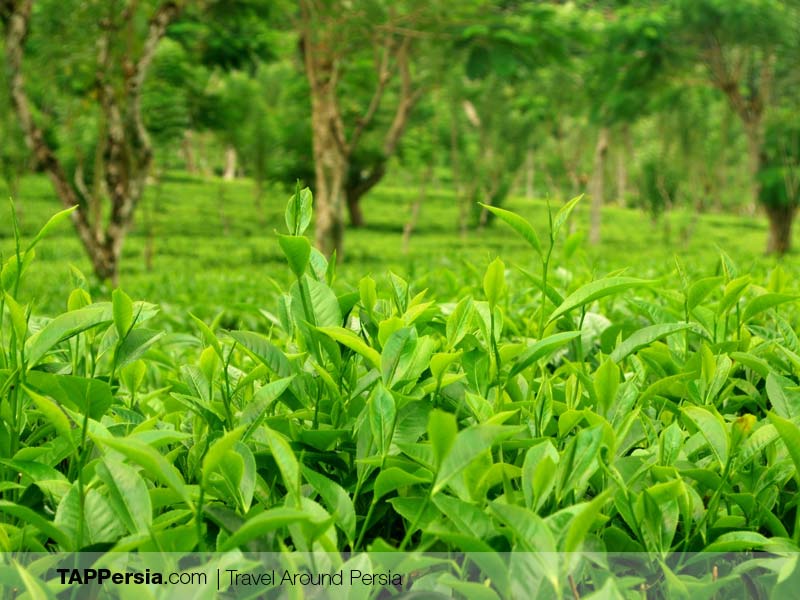
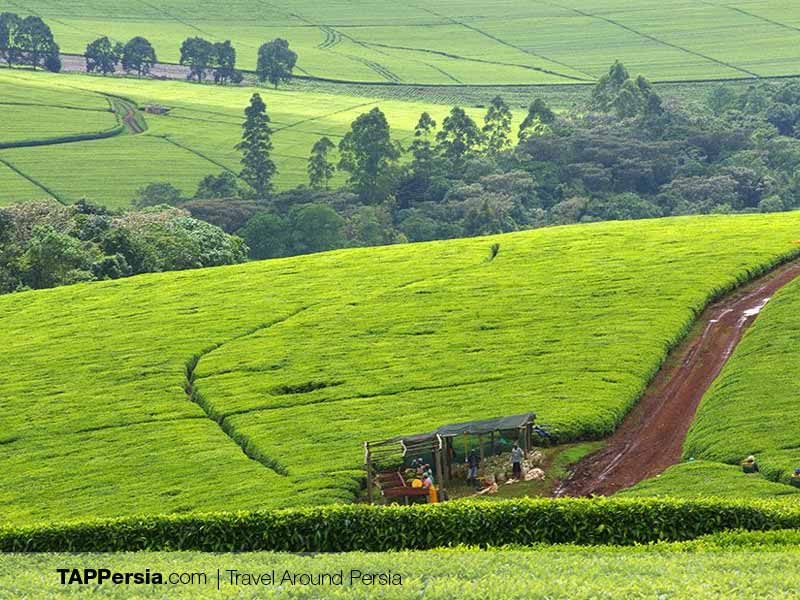
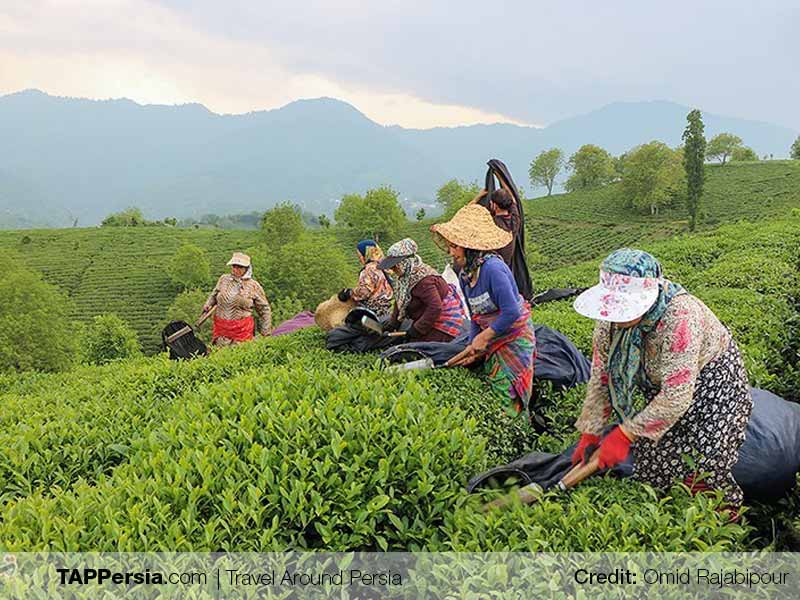
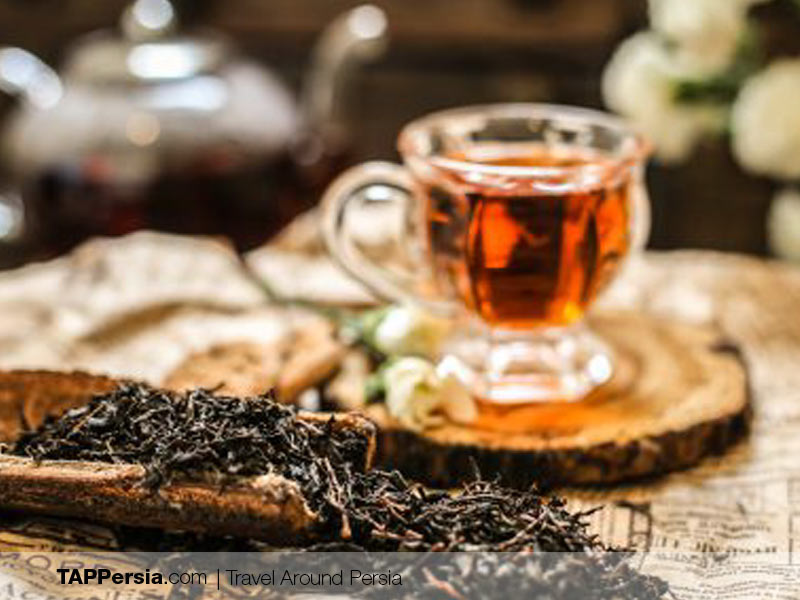
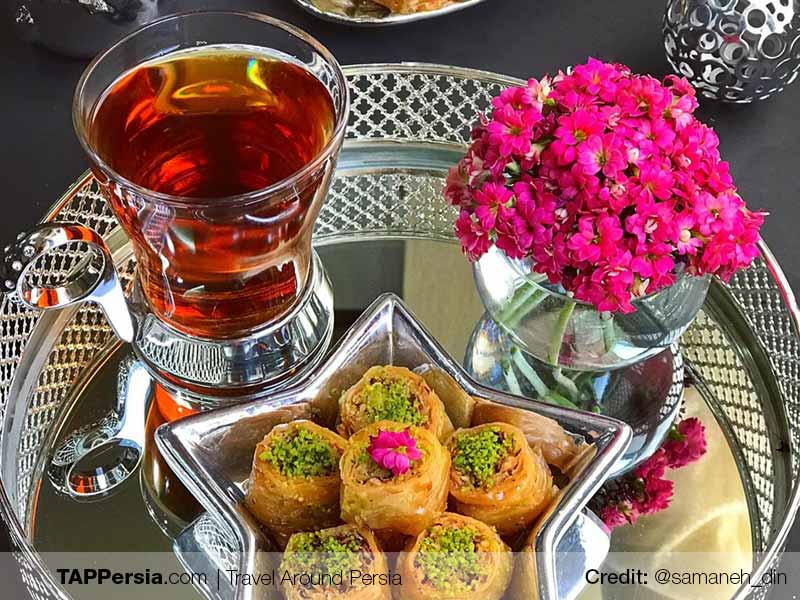


Comment (0)